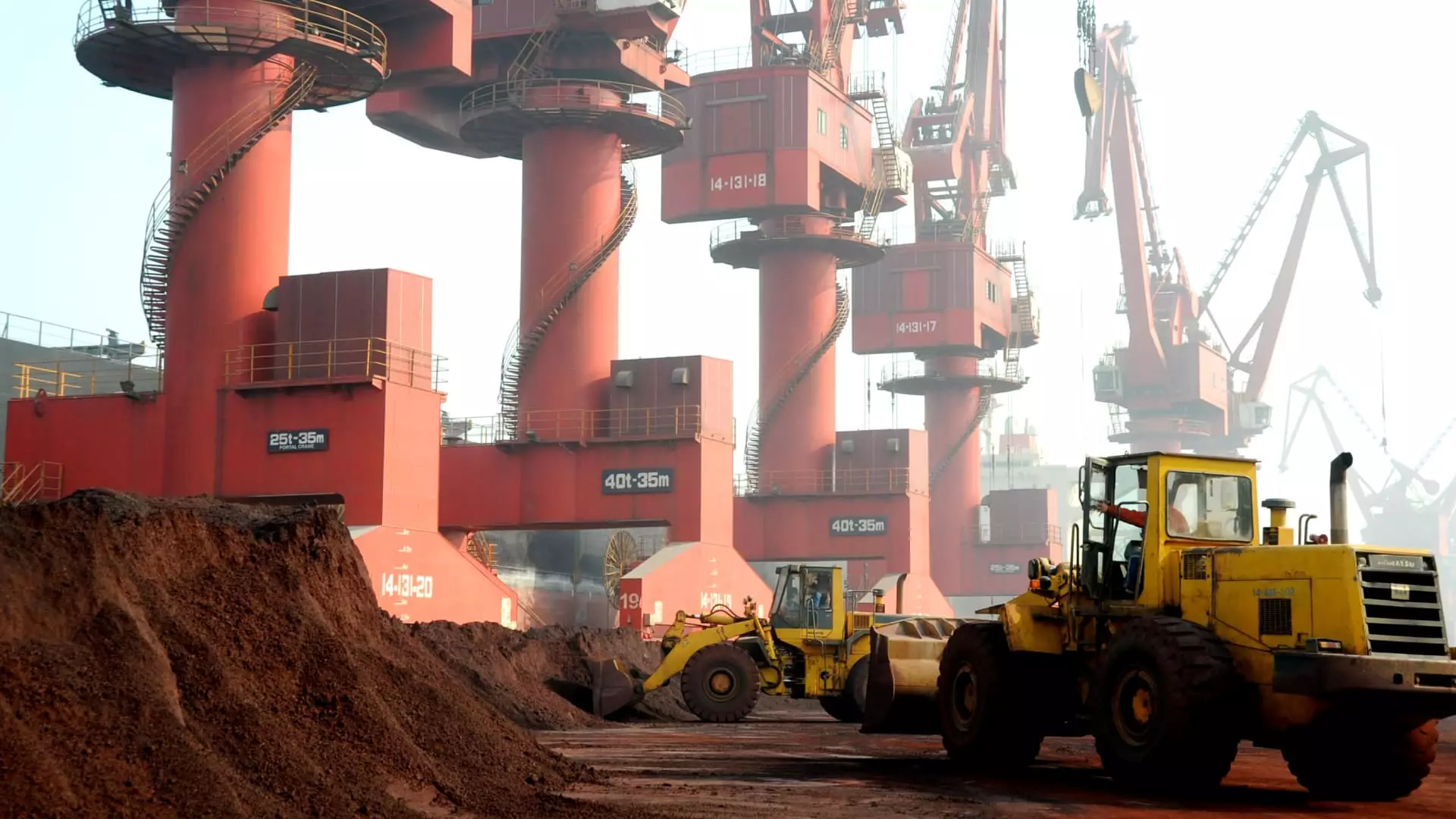In an unexpected turn of events, China has decided to impose export restrictions on tungsten, a critical metal that plays a significant role in various industries, including defense and electronics. This development marks a substantial shift in the global tungsten market, particularly as the backdrop consists of escalating tensions between the U.S. and China. As the world’s largest supplier, China’s move is both poignant and strategically timed, especially given the simultaneous efforts from other nations to develop their own tungsten supply chains.
The Historical Context of Tungsten Supply
For decades, China has wielded power over the tungsten market, flooding the global market with inexpensive tungsten products, which effectively stifled competition. Analysts have noted that China’s practices allowed it to dominate around 80% of the tungsten supply chain. This monopolistic behavior not only transformed tungsten into a highly accessible metal for global consumers but also created vulnerabilities. The heavy dependence on Chinese tungsten has raised alarms, especially among nations that rely on it for defense applications, such as Washington.
China’s Regulatory Shift: New Export Rules
China’s Ministry of Commerce announced that starting December 1, exporters of certain tungsten products will require special licenses. These new regulations categorize tungsten under “dual-use” goods, which can be utilized for both military and civilian applications. The timing of this export limitation is particularly revealing, as it compounds existing tensions with the United States, where an increasing demand for non-Chinese tungsten has emerged, influenced by the U.S. Defense Department’s impending ban on contractors sourcing Chinese tungsten by 2027.
Domestic Responses: The U.S. Tariff Strategy
As China contemplates limiting its tungsten exports, the United States has already ramped up economic measures by imposing a 25% tariff on Chinese tungsten imports. Public sentiment in the U.S. has largely supported this move, with many advocating for even steeper tariffs. This growing inclination to protect domestic manufacturing indicates a desire to foster self-sufficiency in critical minerals. However, it is essential to acknowledge that reviving tungsten mining projects is a slow and arduous process.
Noticing the market dynamics triggered by China’s export restrictions, various companies are reconceptualizing their strategies to introduce reliable tungsten supplies outside of China. One of the most promising projects is the Sangdong mine in South Korea, which is inching closer to resuming production. Almonty Industries, currently operating a tungsten mine in Portugal, has ambitious plans to restore Sangdong’s output by mid-2025, a move that could create thousands of indirect jobs and significantly reduce South Korea’s reliance on Chinese tungsten imports.
Amidst these developments, Canadian firm Demesne Resources is taking significant steps toward acquiring the IMA tungsten mine in Idaho, where historical records suggest a considerable amount of tungsten, silver, and molybdenum reserves. These actions reflect a growing recognition that to offset China’s influence, significant investments and explorations into mining capabilities must be realized.
Future Prospects: Balancing Demand and Supply
The global demand for tungsten is poised to rise, fueled by its critical applications in various sectors. Financial analysts forecast that while tungsten prices might not immediately soar in response to the export ban, the potential for increased non-Chinese production could stabilize and, in the long run, reduce reliance on Chinese supplies. Analysts like Emre Uzun suggest that as mining sites become operational in regions like Kazakhstan, Australia, and Spain, availability will start to meet demands, aiding in price stabilization.
As strategies unfold for diversifying tungsten supply chains, establishing partnerships will become essential. Experts stress the significance of “friendshoring,” or sourcing essential materials from politically aligned countries, as a way to secure long-term access to tungsten. The collaboration between Almonty and the U.S. for long-term supply contracts illustrates this trend and signifies a pivot toward a more resilient supply chain strategy that doesn’t solely depend on China.
The imminent export restrictions on tungsten by China herald not only a new chapter in the global tungsten market but also a critical moment for nations looking to empower self-reliance in strategic materials. As countries invest in domestic and allied mining ventures, the landscape of tungsten sourcing is fundamentally shifting. Ultimately, both the challenges and opportunities that emerge from these changes will shape the future contours of this critical metal’s availability and its repercussions on global industries.

